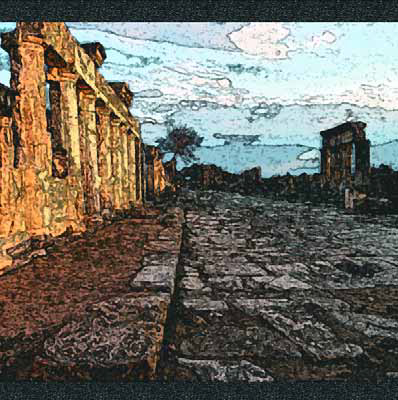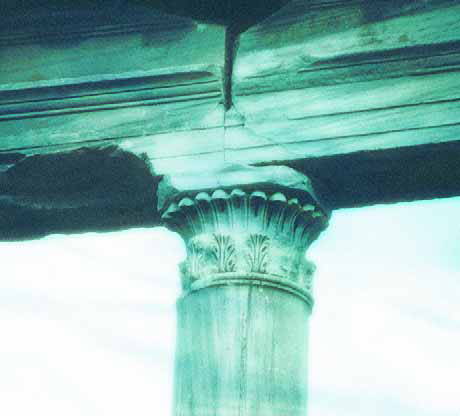Turkey
'For years,' wrote David Tisherman in his Details column in the June 2005 issue of the magazine, 'people have asked me where I get my ideas - pools raised out of the ground, the small spillways, the drain details, the modular deck treatments, the color usage and the use of reflection, to name just a few. "Through my design education" is the short answer, of course, but I can get more specific if we take a look at
New York's Floating Pool Coming Close to Being Built
It's a point I'll probably make to the end of my days: There is no substitute for travel and exploration of the historic world to learn about design. In my "Details" column in the June 2005 issue of WaterShapes, for example, I discussed my recent trip to Turkey and made the point that the ruins and intact structures we examined while there were full of specific details that I and other watershapers use in our work - whether or not we recognize that what we're doing actually derives from ancient original works. Showing what I mean in the clearest possible terms is what this pictorial article is all about. As you will see, I've included
It's a truism that almost all contemporary works of art are derivative: The ideas have already been expressed in one way or another at some point in history, and all we can succeed in doing is to apply those enduring forms as creatively as we can. We can't invent the wheel, but we can redraw it, embellish it, place it in context and, in our own ways, improve upon it through the choices we make in using it. To be effective in that sort of downstream effort as watershapers, it is essential that we understand the nature and origins of the basic building blocks of aquatic design. For years, people have asked me where I get my ideas - pools raised out of the ground, the small spillways, the drain details, the modular deck treatments, the color usage and the use of reflection, to name just a few. "Through my design education" is the short answer, of course, but I can get more specific if we
I spent ten days this last December traveling in Turkey - my second visit to the country in the past several years and a trip that reinforced vivid memories of just how mind-expanding a place it is. The Greek, Roman, Byzantine and Ottoman empires all held sway over this patch of land at times during the past 2,500 years, and throughout that long history, these and other great civilizations of both East and West have made their marks on the place. Situated at the crossroads of land- and sea-trade routes between Europe and Asia, Turkey has vast, rich reserves to drawn upon when it comes to



















Purposeful Travel